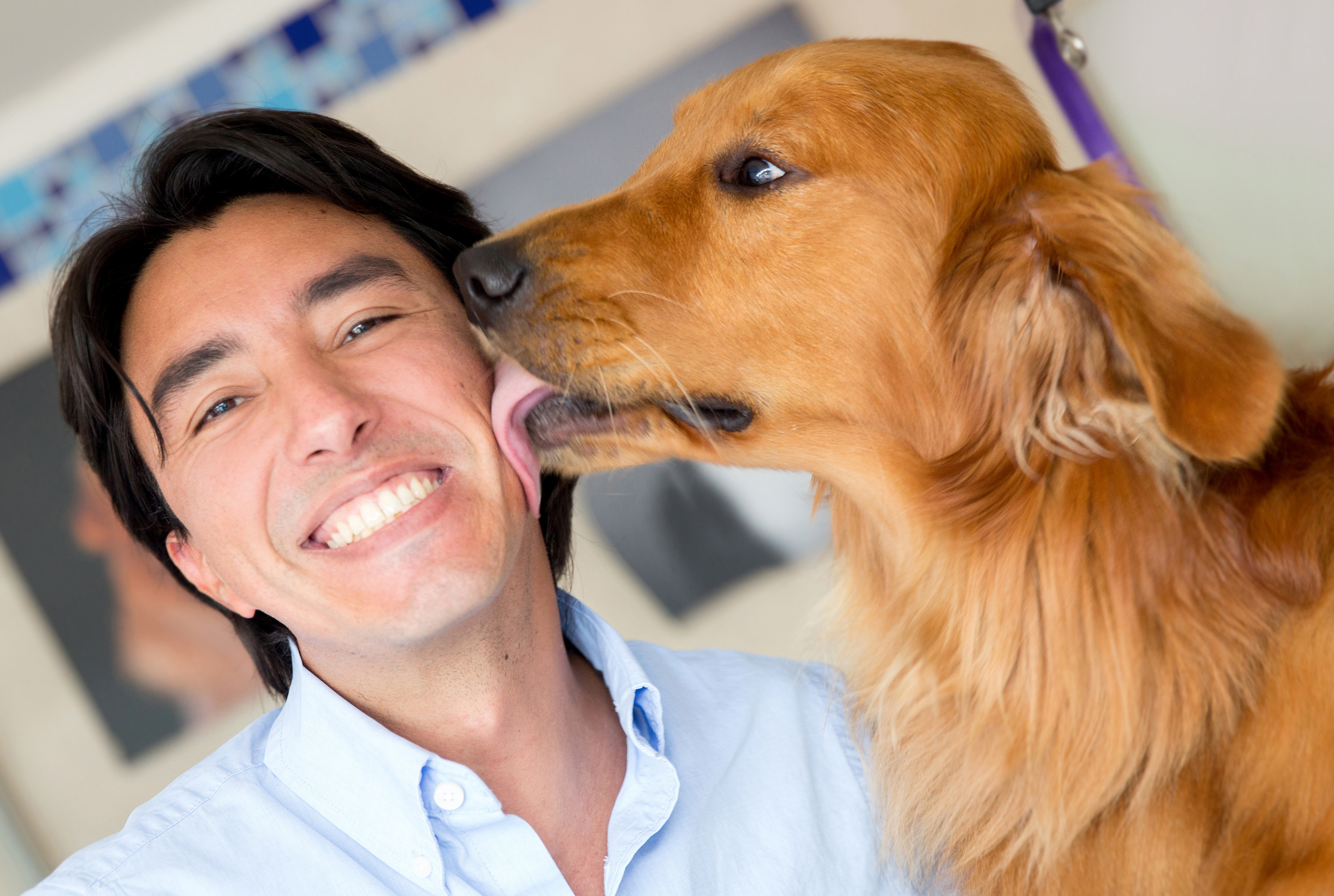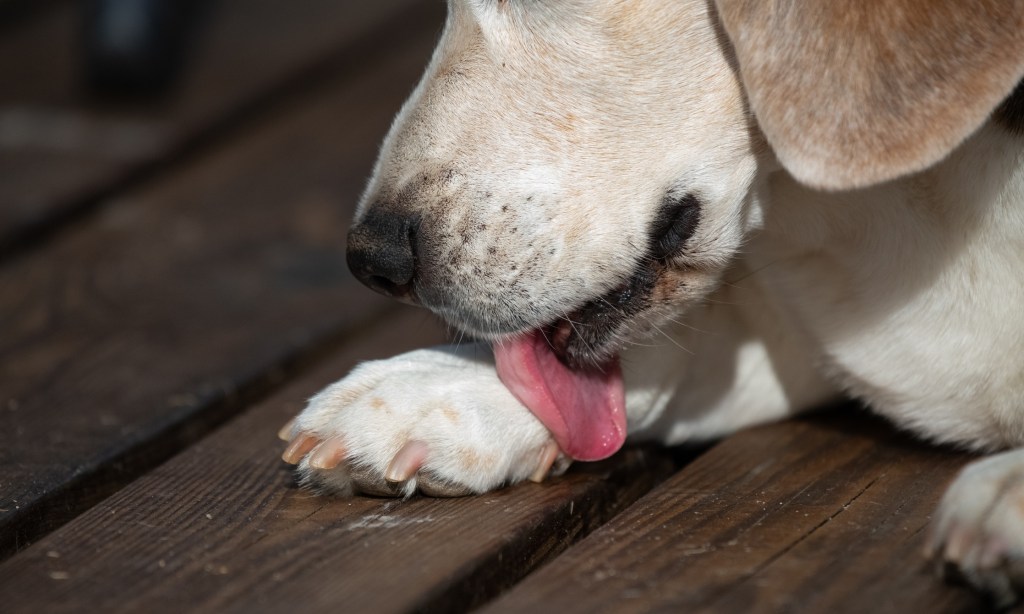Key Takeaways
- Brandon Fouche is a dog aggression expert.
- Some types of training can cause a dog’s aggression to kick in.
- Many people positively reinforce negative dog behavior without realizing it.
- Dogs may view actions like cuddling and receiving toys as being subordinate.
- Dogs do not need to be entertained with toys to chase.
Table of Contents
We all love our dogs like family members and believe they love us back, which makes it all the more upsetting when our pets snarl, nip, or bite. So how do owners subdue that aggressive behavior? Brandon Fouche, a dog aggression expert with almost 30 years of experience, says the key is understanding how dogs process information and perhaps re-thinking your approach to play and positive reinforcement.
Here, Fouche shares why he’s fascinated by dog psychology and explains why playing fetch, among other things, may not be the best way to raise a calm canine.
Why did you first start researching dog aggression?
In the beginning, I was mauled by a German Shepherd. He broke his tooth off on my leg, I passed out and I woke up in the hospital. The doctor said I would probably never want to be around dogs, but that couldn’t have been further from the truth since it drew me to understand why [dogs] would be aggressive to us.
That’s when I started to research positive reinforcement and the concept of learned behaviors versus genetic behaviors. I learned that we don’t have problems with the genetic makeup of our dogs, we have a problem with what we have the most control over — which is their learned behavior. And how we’re training our dogs exacerbates that problem.
What kind of training do you advise against?
Training is essentially forcing them to do something that isn’t innate. It’s okay to train them to do tricks and play games, but when training causes aggression to kick in, that’s bad. Training and aggression-building tasks are different; high five and ‘roll over’ are different than ‘grab the stuffed animal and chase it.’
What is one of the worst training habits you see in pet owners?
Many pet owners are positively reinforcing negative behavior without realizing it. An example would be when a dog jumps on your car. You say, ‘No, off. Sit,’ and the dog sits, and then you say, ‘Good boy.’ You’ve just rewarded the dog being on the car. We took the command away, and then we told him he was a good boy and we rewarded the whole thing. We had the power and then we took it away from ourselves. The dog didn’t learn to not get on the car. He just complied with what you told him to do.
You say owners with aggressive dogs shouldn’t throw toys and stuffed animals, or even cuddle with their dogs. Why?
The way nature intended animals to process information has to do with the fact that they are pack animals, which means that dogs have to live in a system of hierarchy. In every pack there are alphas, betas, subordinates and omegas, and they all perceive things differently based on the hierarchy. When we buy them toys, cuddle them and use baby talk, dogs may perceive it as people being weak or subordinate. Those actions bring out the predatory side of the dog, and they’re more likely to bite, chew and bark uncontrollably.
Often owners think that dogs need to be entertained, but they don’t. When we throw a toy for the dog to chase, that action is waking up a hormone in the dog that says, “kill.” When you throw something and the dog breaks it and pulls it apart, he’s learning an action that unfortunately he’s going to try to apply later in life with humans. Humans are socializing them in an incorrect way that triggers predatory behavior and subdues calm behavior. We should be socializing dogs so that added energy doesn’t wake up the play drive.
Image via Can Stock Photo






